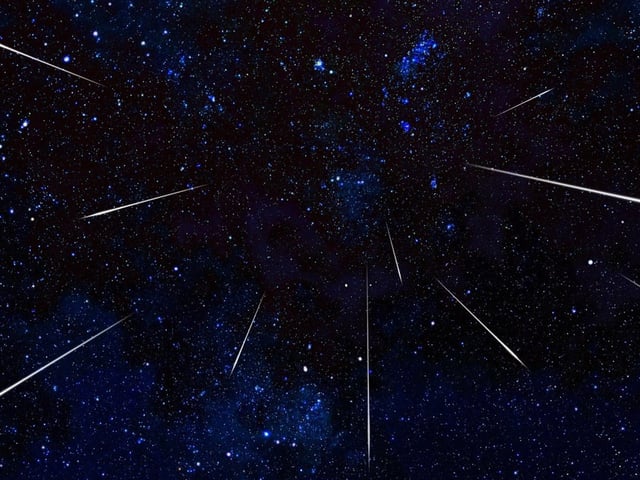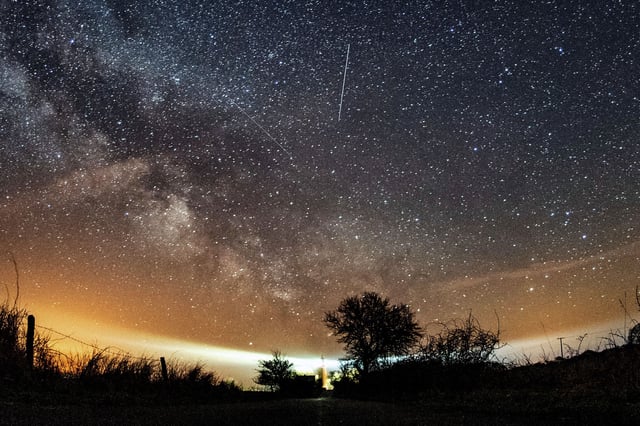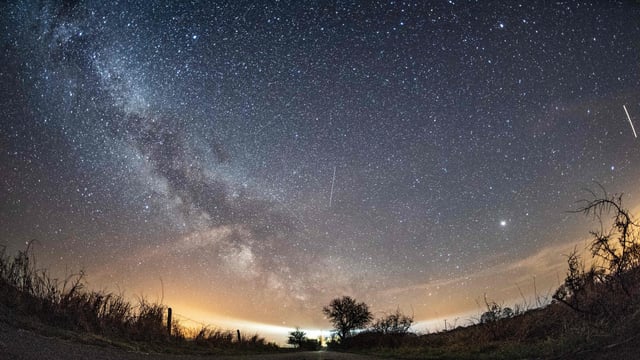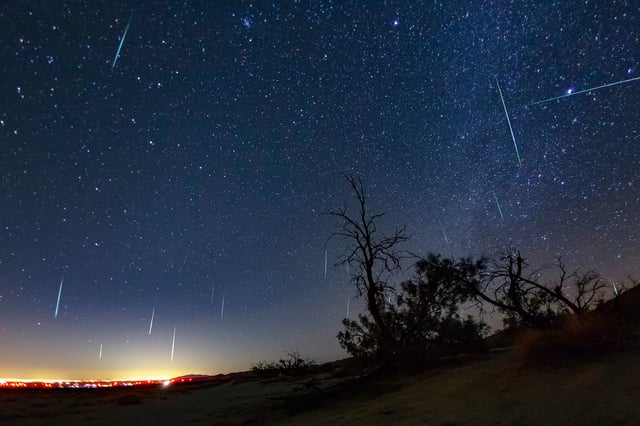Overview
- The Lyrid meteor shower, one of the oldest known celestial events, peaks overnight from April 21 to April 22, with activity visible through April 26.
- Under ideal conditions, up to 10–18 meteors per hour are typical, but this year’s waning crescent moon and widespread cloud cover will limit sightings to about five per hour in most areas.
- Eastern North America faces poor visibility due to storms and cloud cover, while regions like the Bay Area and parts of the Southwest enjoy clearer skies.
- Optimal viewing times are between midnight and dawn in dark, rural locations, with at least 30 minutes needed for eyes to adjust to the darkness.
- The Lyrids originate from debris left by Comet Thatcher, which has a 415-year orbit, and have been observed for over 2,700 years.



